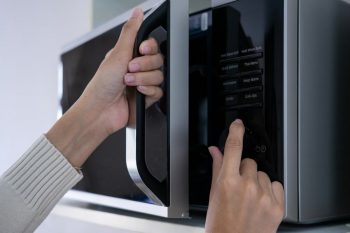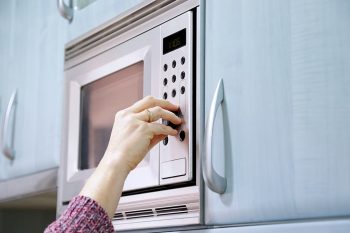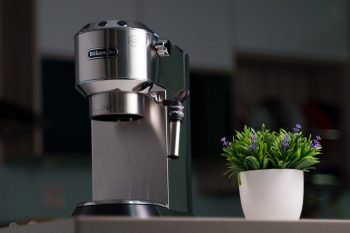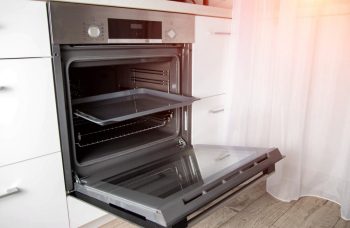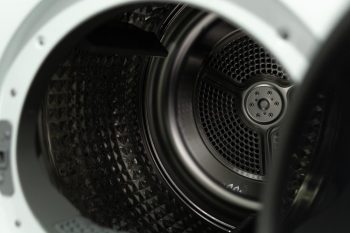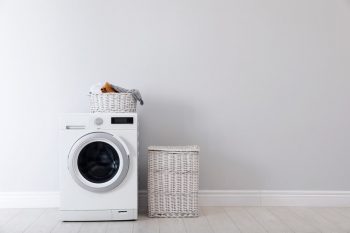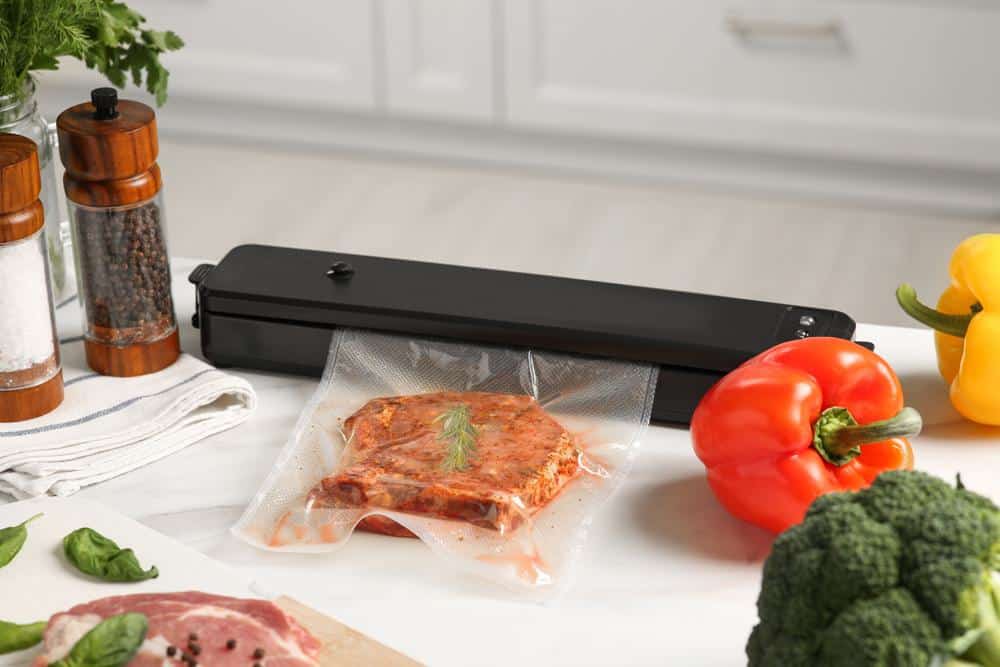
A vacuum sealer is a versatile tool that has taken the culinary world by storm. Known for its ability to extend the shelf life of food, it has become a staple in many households and commercial kitchens. But the uses of a vacuum sealer extend beyond food preservation. From home cooks to outdoor enthusiasts, more and more people are discovering the benefits of owning a vacuum sealer. In this comprehensive guide, we’ll explore what to use a vacuum sealer for, how it works, the types available, and how to choose the right one for your needs.
A vacuum sealer is primarily used for preserving and extending the shelf life of various food items such as meats, fish, vegetables, fruits, and grains by removing air from the package and sealing it. It also offers protection from freezer burn, efficient storage, cost savings, enhanced taste, and time-saving meal preparation. Additionally, vacuum sealers can be used for preserving non-food items like first aid kits, camping supplies, electronics, important documents, collectibles, and clothing.
What Is a Vacuum Sealer and How Does It Work?
A vacuum sealer is a device that removes air from a package and then seals it, preserving the freshness and quality of the contents inside. It works by placing the items to be sealed in a plastic film package or a sealable bag. The vacuum sealer then removes the air from the package, creating a vacuum inside it. Once the air has been removed, the sealer uses a heated seal bar to fuse the sides of the bag, creating an airtight seal that prevents air from re-entering the package.
There are two main types of vacuum sealers: chamber vacuum sealers and external vacuum sealers. Chamber vacuum sealers have a sealed chamber where the product is placed inside a vacuum bag, and the air is removed from the chamber and the bag simultaneously. External vacuum sealers, also known as edge or suction vacuum sealers, involve attaching a bag to the vacuum-sealing machine externally. The machine removes the air and seals the bag outside the machine, using a heat sealer.
Types of Vacuum Sealers
There are various types of vacuum sealers available in the market, each with its own advantages and disadvantages. The main types of vacuum sealers are:
- Chamber Vacuum Sealers: These sealers are designed for commercial use and high-volume applications. They require the entire package to be placed inside the vacuum cavity area of the machine. Chamber vacuum sealers are available in various models, from small tabletop machines to large double chamber machines.
- External or Suction Vacuum Sealers: These sealers are more common and suitable for home use. They work by sucking the air out of a compatible plastic bag before sealing it by melting the ends of the bag together. External vacuum sealers are less expensive than chamber machines and are ideal for operations that occasionally seal foods.
- Handheld Vacuum Sealers: These are the least expensive and smallest type of vacuum sealers. They attach to specially made plastic bags or containers and evacuate the air through an integrated valve. However, they usually have smaller motors and are inferior at creating a strong vacuum compared to other types of vacuum sealers.
- Retractable Nozzle Vacuum Sealers: These are a type of non-chamber vacuum sealers and are considered more commercial than edge-type sealers. They are available in various models with different features and capabilities.
- Edge Vacuum Sealers: Also known as external clamp vacuum sealers, these machines require the use of special bags often referred to as channel or mesh bags. They are similar to external or suction vacuum sealers in function.
Key Advantages of Using a Vacuum Sealer in the Kitchen
Using a vacuum sealer in the kitchen offers several key advantages:
- Extended shelf life: Vacuum sealing deprives food of oxygen, inhibiting the growth of mold, bacteria, and fungi, thus extending the shelf life of various food items.
- Protection from freezer burn: Vacuum sealing creates an air-tight environment that prevents the formation of ice crystals, which cause freezer burn, keeping food fresh and moist for an extended period.
- Efficient storage: Vacuum-sealed food takes up less space in your refrigerator or freezer, allowing for better organization and easier visibility of stored items.
- Cost savings: Vacuum sealing allows you to buy perishable items in bulk and preserve them for future use, reducing food waste and saving money on groceries.
- Improved taste and marinating: Vacuum sealing helps retain the juiciness, moisture, and flavor of food, and it also allows for more effective marinating and seasoning.
- Time-saving: Vacuum sealing enables you to prepare and store pre-portioned meals in advance, saving time during meal preparation.
- Preservation without additives: Unlike other preservation techniques, vacuum sealing doesn’t require the use of chemicals or other additives to keep food fresh.
- Year-round freshness: Vacuum sealing helps maintain the freshness of seasonal items and perishable foods like vegetables, meats, nuts, and pasta.
Foods That Are Best Suited for Vacuum Sealing
Certain foods are better suited for vacuum sealing than others. These include:
- Meat: Vacuum sealing meat helps preserve its freshness, flavor, and texture while preventing freezer burn.
- Fish: Like meat, vacuum sealing fish extends its shelf life and maintains its quality.
- Vegetables: Vacuum sealing vegetables preserves their color, flavor, and nutrients, making it especially helpful for seasonal produce.
- Fruits: Vacuum sealing fruits helps maintain their flavor and texture, allowing you to enjoy them throughout the year.
- Grains and legumes: Vacuum sealing grains and legumes prevents them from becoming stale or infested with bugs, making it a great option for bulk purchases.
- Cheese: Vacuum sealing cheese can extend its shelf life from 1-2 weeks to several months in the fridge.
- Bread: Vacuum sealing bread can help maintain its freshness and prevent it from going stale.
- Soups and stews: Vacuum sealing soups and stews can help preserve their flavor and quality.
- Dry goods: Vacuum sealing dry goods like flour, rice, sugar, and snacks can increase their shelf life.
- Nuts and seeds: Vacuum sealing nuts and seeds can help maintain their freshness and prevent them from going rancid.
It’s important to note that vacuum sealing does not replace the need for proper food handling and storage practices. Always follow safe food handling tips and guidelines to ensure the quality and safety of vacuum-sealed foods.
Using Vacuum Sealers for Non-Food Items
Vacuum sealers are also useful for preserving and protecting various non-food items. These include:
- First aid kits: Band-aids, water treatment tabs, alcohol wipes, and burn gel packs can be vacuum-sealed to keep them dry and ready for use.
- Camping and hiking supplies: Lighters, matches, toilet paper, and other essentials can be vacuum-sealed to ensure they remain dry and protected.
- Electronics and mechanical components: Vacuum sealing can protect sensitive items like computer chips, PCBs, and watches from corrosion, dirt, and dust.
- Important documents: Birth certificates and other important papers can be vacuum-sealed to keep them waterproof and protected.
- Collectibles: Coins, stamps, and other collectible items can be vacuum-sealed to preserve their integrity and value.
- Clothing and textiles: Vacuum sealing can help save space and protect clothes, linens, and other textiles from moisture, odors, and pests.
Vacuum Sealers and Sustainability
Using a vacuum sealer can contribute to reducing waste and promoting sustainability. By extending the shelf life of food items, vacuum sealers help to reduce food waste. They also allow for efficient storage, which can help to reduce energy consumption. Additionally, vacuum sealing allows for bulk buying, which can reduce packaging waste.
Choosing the Right Vacuum Sealer
When purchasing a vacuum sealer, consider your specific needs. Think about the types of food you want to seal, how often you plan to use the sealer, and the amount of storage space you have available. Also, consider the cost of the vacuum sealer and the bags, and whether the machine is easy to clean and maintain.
Safety Precautions and Maintenance Tips
When using a vacuum sealer, it’s important to follow safety precautions and maintenance tips. Always clean the sealer after each use, check the seal gasket regularly for wear and tear, and replace it as necessary. Use clean utensils to handle food and avoid cross-contamination. Also, remember that vacuum-sealed perishable foods must be refrigerated or frozen, and that vacuum sealing does not replace the need for pressure canning or water bath home-canned foods.
In conclusion, a vacuum sealer is a versatile tool that can be used for a variety of applications, from preserving food to protecting important documents. With the right vacuum sealer, you can extend the shelf life of your food, save money, reduce waste, and enjoy fresher, tastier food.
Frequently Asked Questions
Can I vacuum seal liquids like soups and sauces?
Yes, liquids can be vacuum sealed, but they require a different technique. You’ll need to freeze the liquids first before sealing to avoid sucking the liquid into the vacuum sealer. Once frozen, you can then vacuum seal the frozen block as normal.
Can I re-use vacuum sealer bags?
It depends on what was in the bag. If the bag contained raw meat, fish, or poultry, it’s not recommended to reuse it due to potential bacterial contamination. However, if the bag contained vegetables, bread, or other non-meat items, you can wash and reuse it.
Can I use any bag with my vacuum sealer?
No, not all bags will work with vacuum sealers. It’s recommended to use bags specifically designed for vacuum sealing. These bags are usually textured or embossed to allow the vacuum sealer to function properly.
Are vacuum-sealed foods safe from all bacteria?
Vacuum sealing reduces the amount of oxygen, which can inhibit the growth of certain bacteria. However, it does not kill bacteria, and some types of bacteria can still grow in low-oxygen environments. Always remember to handle food safely, and cook or heat it to the right temperature to kill any potential bacteria.
How long can vacuum-sealed food last in the freezer?
Vacuum-sealed food can last up to 2-3 years in the freezer, depending on the type of food. However, for the best quality, it’s recommended to consume vacuum-sealed food within a year.
Can vacuum sealing damage delicate foods?
Yes, vacuum sealing can crush or deform delicate foods like bread or soft fruits. If you want to vacuum seal these types of foods, you may want to freeze them first to help maintain their shape.
Can I vacuum seal cooked food?
Yes, cooked food can be vacuum sealed for long-term storage. However, you must ensure the food has cooled down before vacuum sealing to avoid bacterial growth.
Does vacuum sealing affect the taste of food?
Vacuum sealing should not affect the taste of food. In fact, it can enhance the taste by locking in flavor and preventing the food from drying out.

